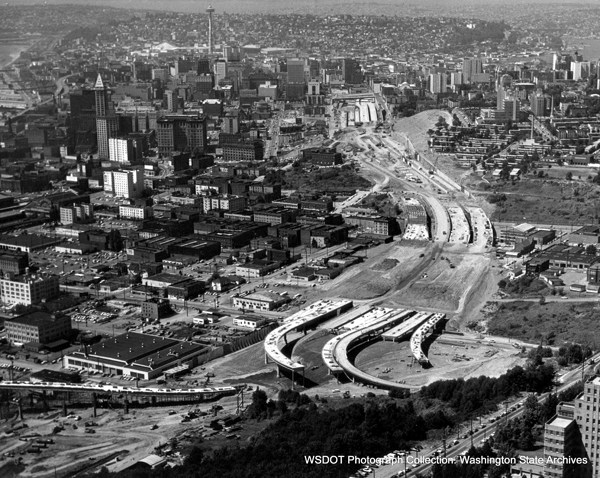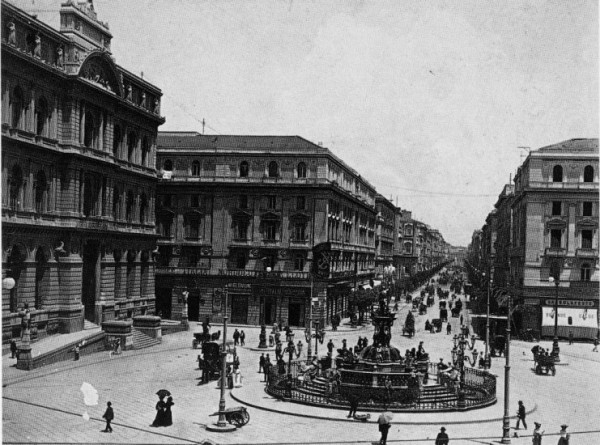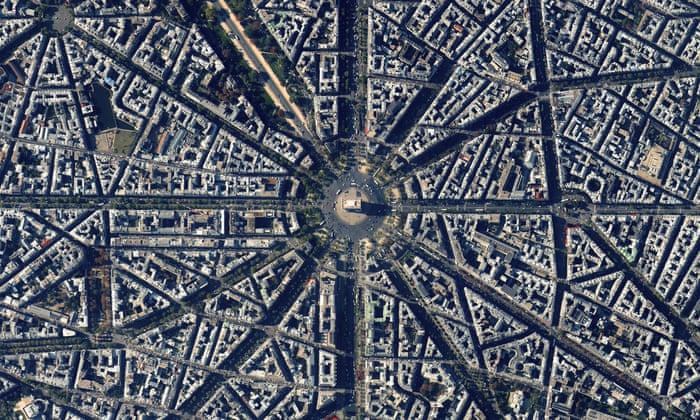
1/ A first look at the summary of the Regional Transit strategic plan for Montréal just published for consultation by the ARTM:
repensonslamobilite.quebec/media/default/…
and the full report here:
repensonslamobilite.quebec/media/default/…
There should be an English version somewhere.
repensonslamobilite.quebec/media/default/…
and the full report here:
repensonslamobilite.quebec/media/default/…
There should be an English version somewhere.
2/ Unfortunately the first impression is Business as Usual approach. Apart some good news re fare integration and widespread implementation of bus corridors at the metropolitan scale, the structuring choices are just a copy-paste of existing projects: REM, ligne Bleue, BRT Pie IX 

3/ The rest is just "advancing-studies-for-further-corridors put-further-by-political-instances-in-recent-years". That is not what a strategic plan looks like, sorry. Strategic planning means making clear mode choices, especially in the context of a climatic crisis 

4/ The most worrying part is that the ARMT has essentially gave up on the idea of a regional rail, unlike Toronto. Sticking to a commuter rail model, the plan envisions for the rail a role of congestion reliever or fast direct service for suburban 9-to-5 commuters. 

5/ Essentially, the role of the transit backbone of the region is handled to the REM (whose coverage is really partial) the métro (even lower) and some future BRTs and LRTs here and there, without the idea of a coherent network. 

6/ "Corridor thinking" is again the dominant approach to infrastructure project, multiplying studies for some enigmatic "modes structurants" along some corridors, again without the idea of creating a properly hierarchized regional network where each mode plays its best role 

7/ You can clearly recognize all the projects floated in the recent years: the extension of the REM to S-J-s-Richelieu, LRTs to Lachine and the East, the Pink Line, LRTs in the South shore and in Laval, etc. No big surprises, just a collection of petty projects "to be studied".
8/What would have surprised me? Regional rail (RER) as the backbone for the region, métro or LRT for the denser core, its surrounding and other strong local corridors, bus as a frequent feeder and as the tool for proximity accessibility. I don't see anything like that is the plan
9/ Again, in an era where peak traditional commuting is probably going to decline and there is growing awareness of the importance of all-day frequent service, the ARTM stick with the goal of 35% of transit share in the morning peak. Transit for commuting, not for everyday life. 

10/Again, what strikes me the most is the disconnection between the rhetoric in words, full of "sustainability, ambition, transformative, innovation, etc." and the actual proposal in deeds, a modest improvement of current service, with the usual taboos(we cannot touch CP and CN!)
11/ Just for reference, this is what a strategic sustainable mobility (not just transit) plan should look like:
https://twitter.com/ChittiMarco/status/1260616996162547720?s=20
• • •
Missing some Tweet in this thread? You can try to
force a refresh














